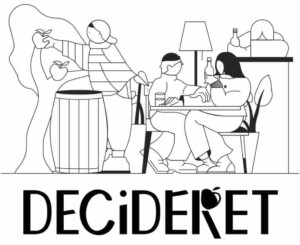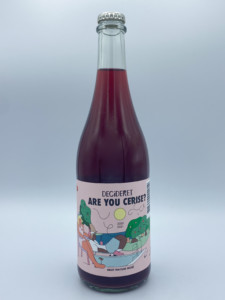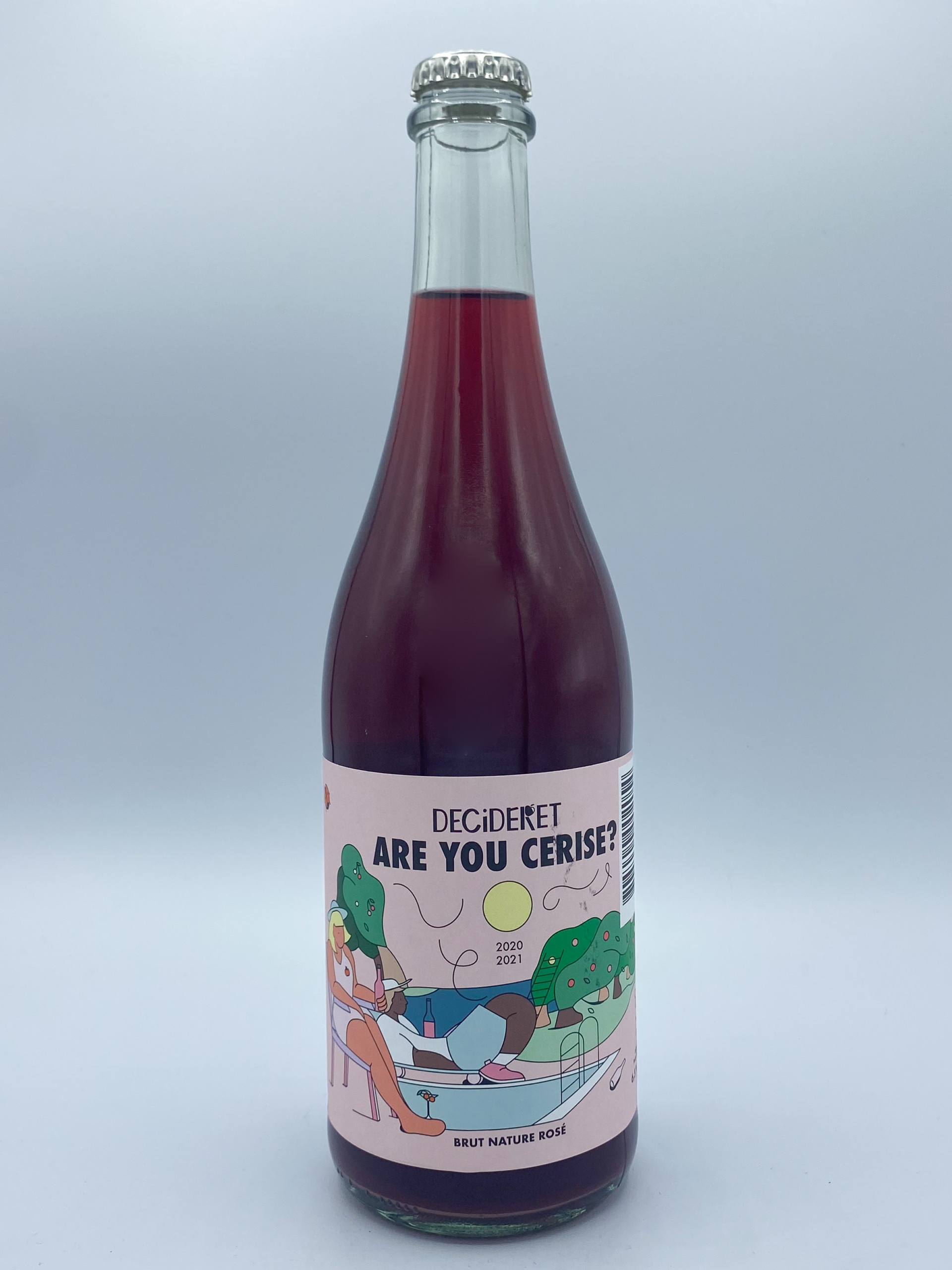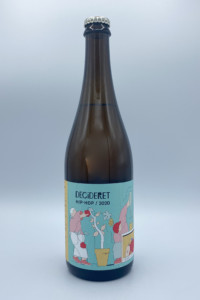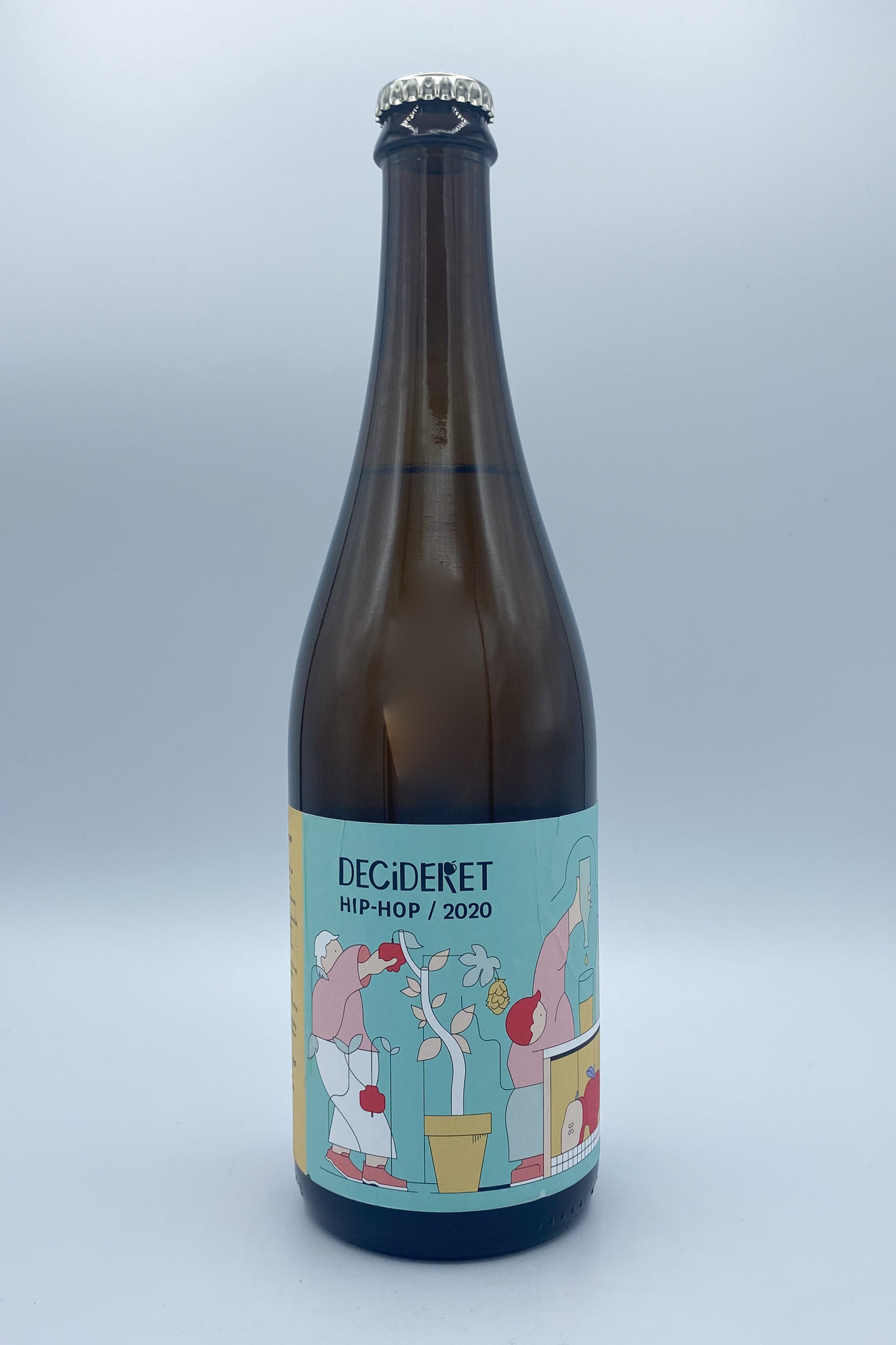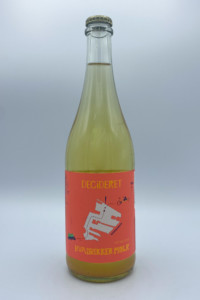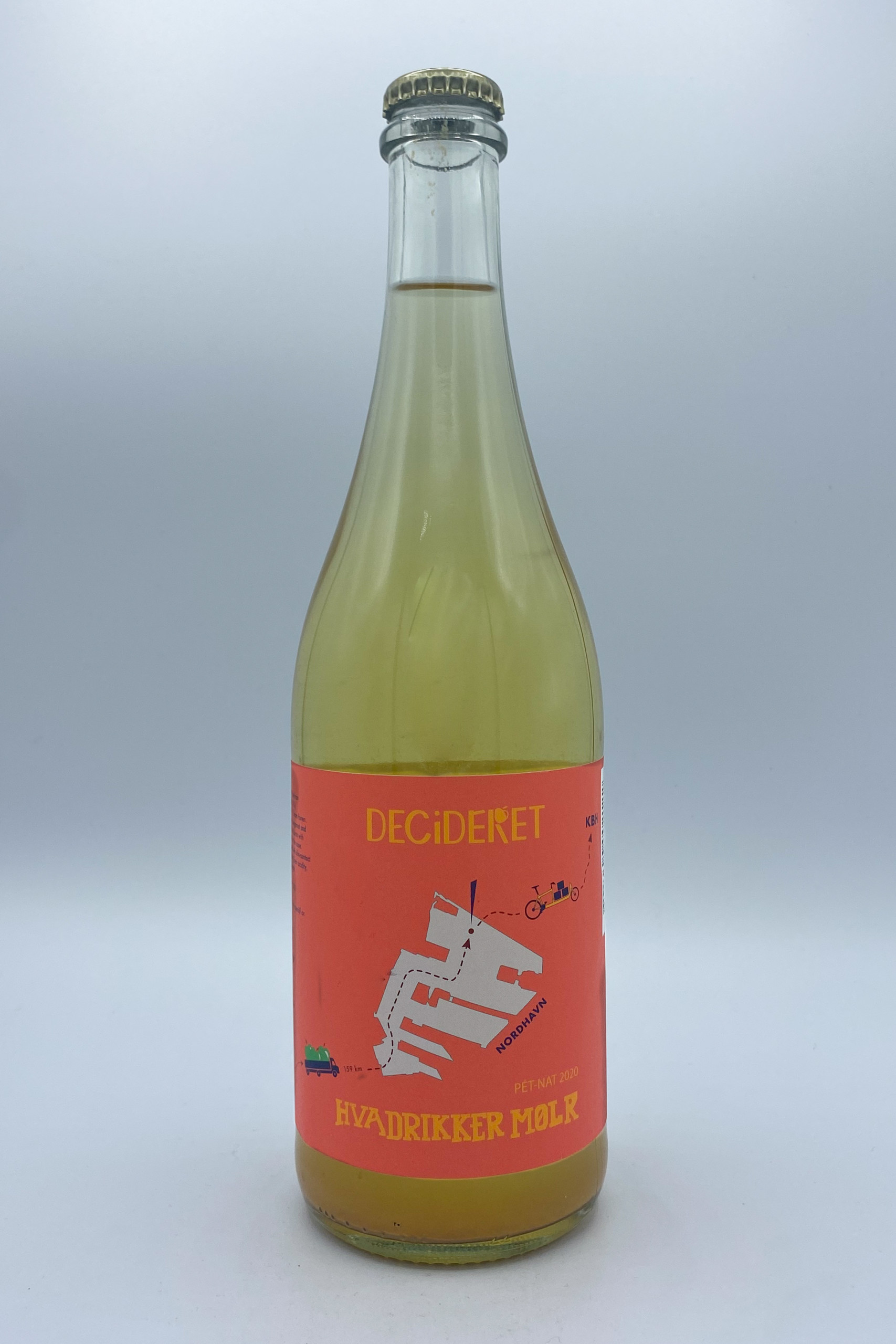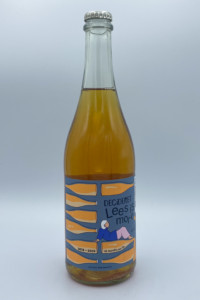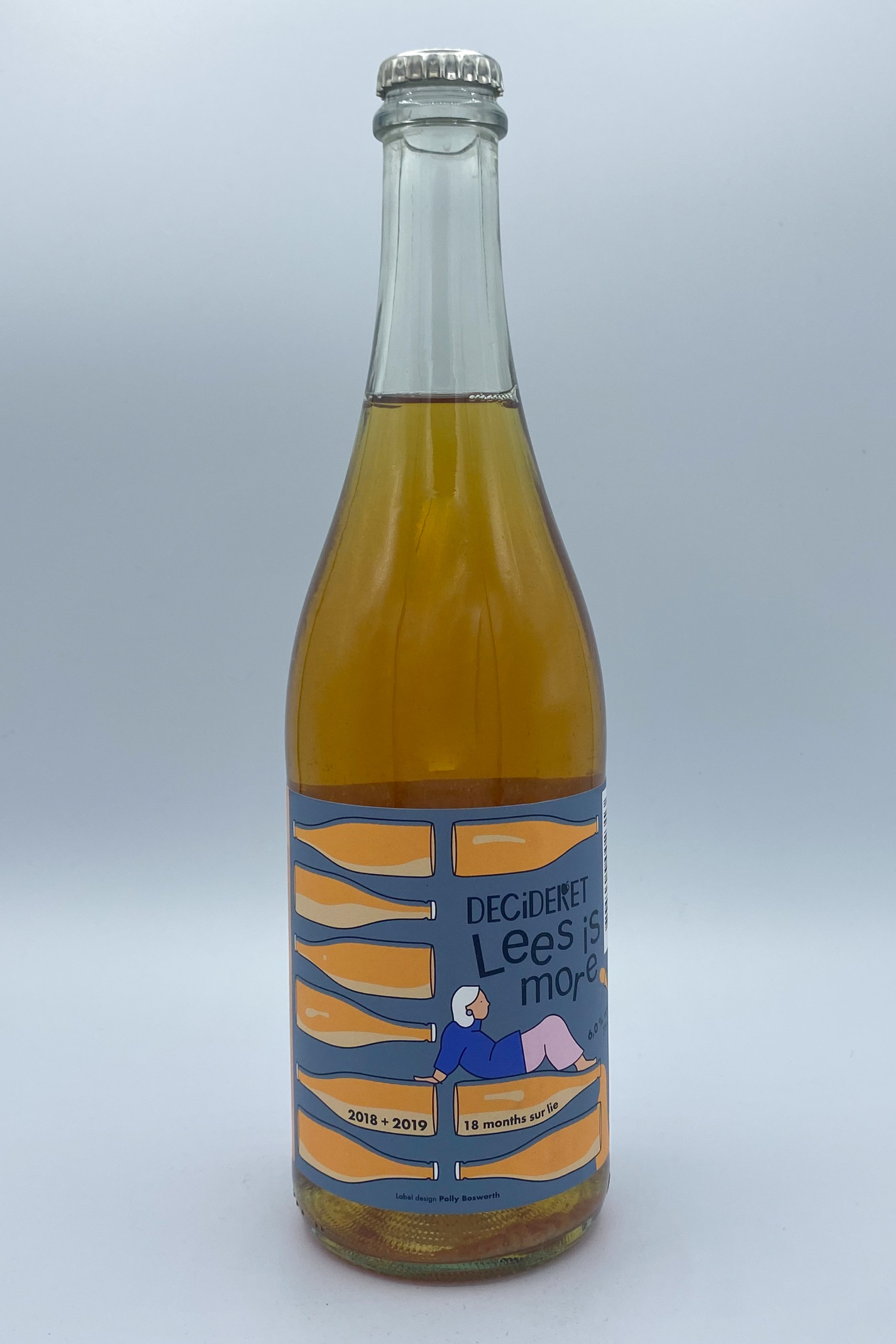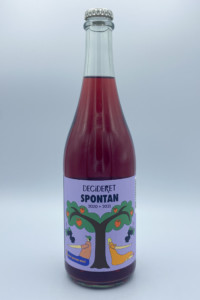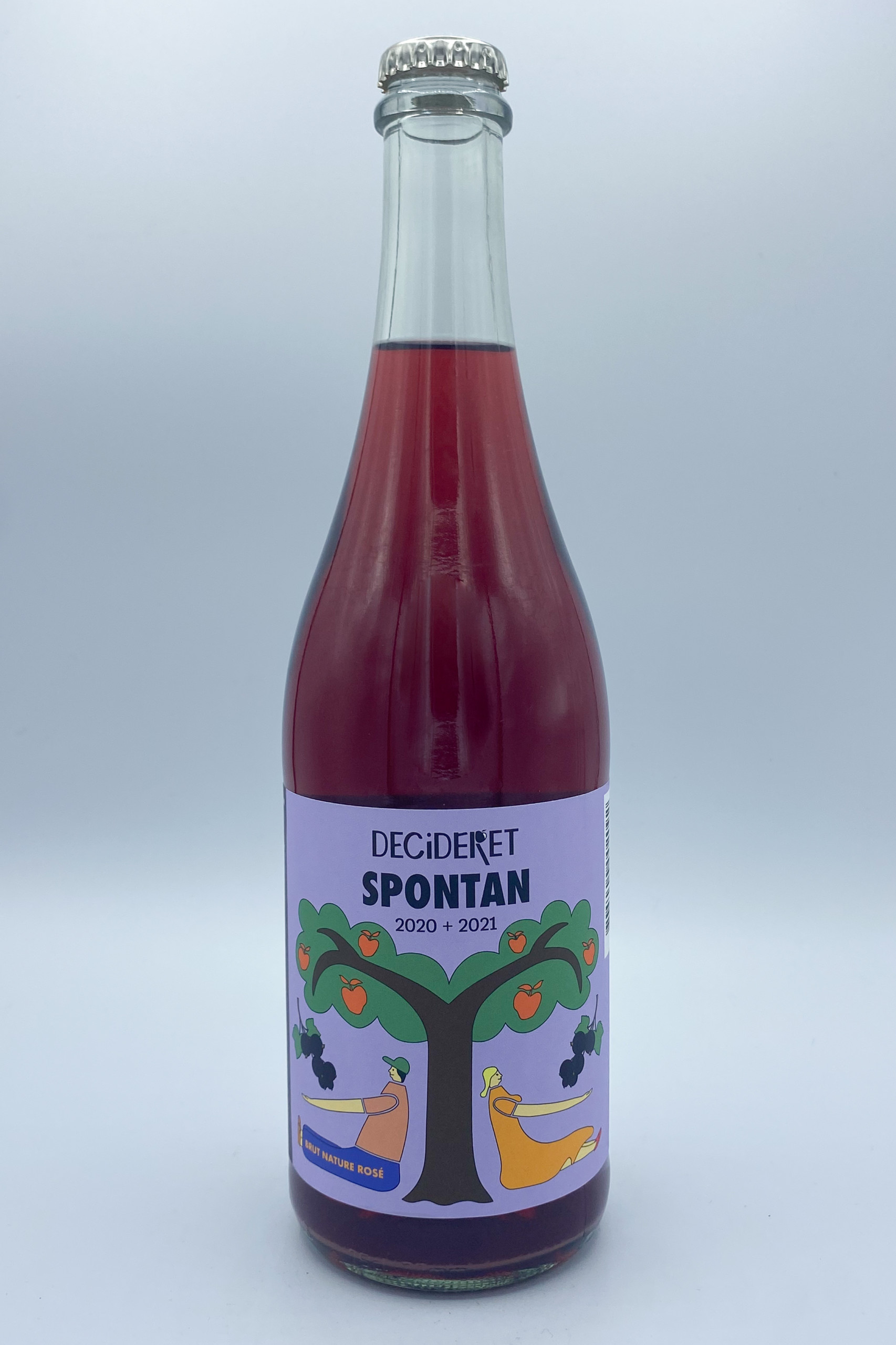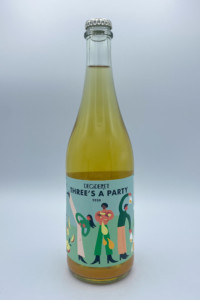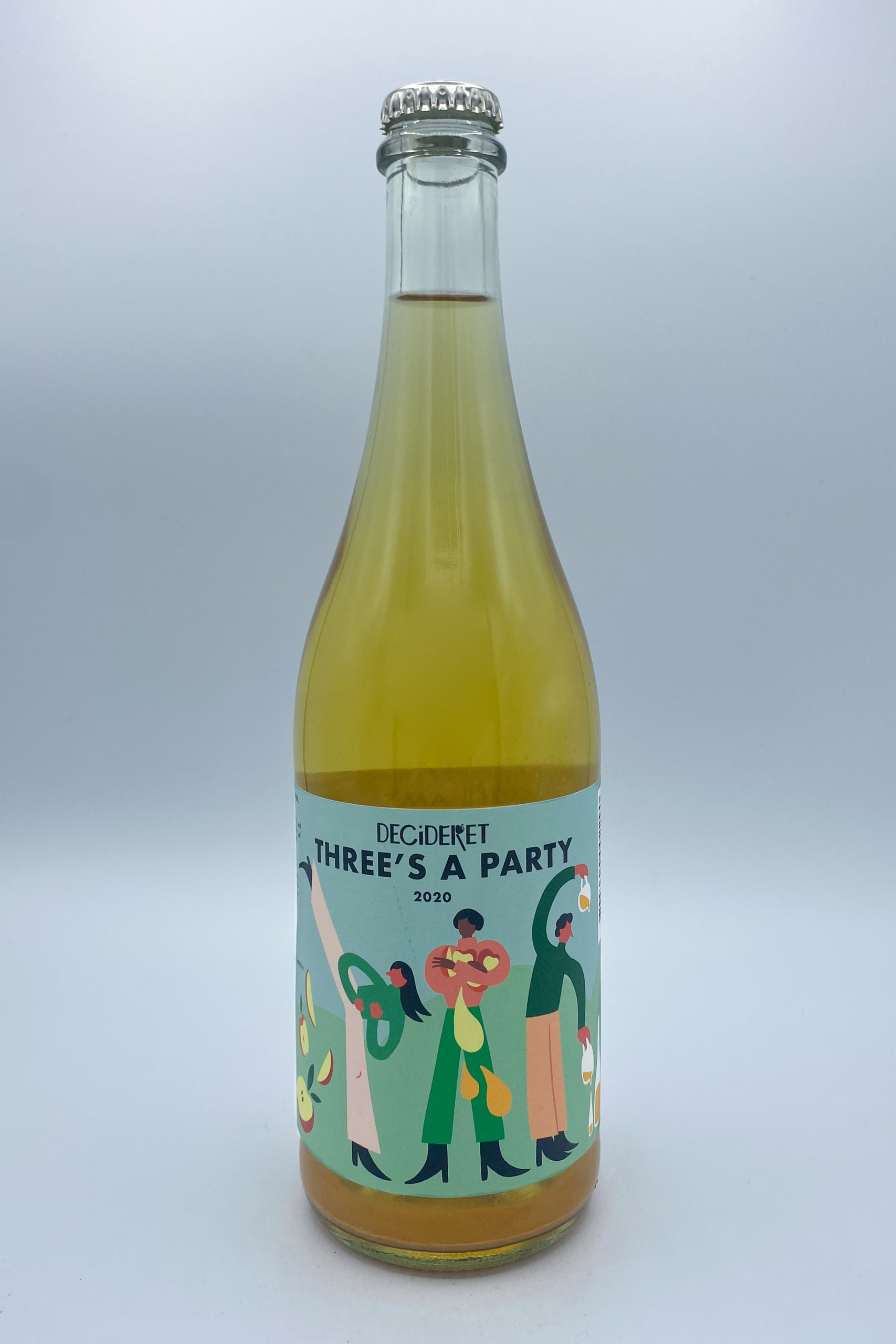Decideret
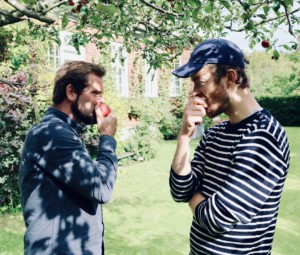
Cornelius Simonsen and Jakob Paludan
About
Owners & winemakers: Cornelius Simonsen, Jakob Paludan, and Martin Pedersen
Fruit sourcing: All fruit is purchased from growers either practicing or certified organic
Types of fruit: Apples (Holsteiner Cox, Rød Aroma, Topaz, Ahrista, Pirouette and more), grapes (Gewürztraminer, Léon Millot, Rondo, Cabernet Cortis), pears, blackcurrants, sour cherries and plums.
Soils: Moraine clay
Annual production: 42000 bottles
Quick facts:
- Cornelius, Jakob, and Martin are high school friends who started making fruit wines in their parent’s garage with help from a DIY guide published in a local newspaper.
- They still deliver their wines and ciders to local Copenhagen bars and restaurants by bike.
- “The lack of a wine tradition is both a challenge and a blessing. There are no shoulders to stand on but on the other hand there is a very big freedom to experiment since we are not bound by traditions.” – Jakob Paludan on making fruit wine in Denmark
It all began in the late summer of 2015 at the Nørrebro Park in Copenhagen, when three old high school friends wondered why there was no culture for drinking good cider and fruit wine in Denmark, compared to the historic traditions and techniques found in France, England, and Spain. Cider-making has a long history in Denmark, but traditionally as “gemmemost,” which translates literally to “hiding juice”–basically, made in your basement for personal consumption, not commercial production. For their first tiny 100-bottle production run, Cornelius, Jakob, and Martin foraged apples from gardens and parks around Copenhagen. Since then, they’ve expanded to include grapes, pears, blackcurrants, cherries, and plums to craft their signature dry, juicy, and vinous “fruit pet nats.” They see themselves as part of a Scandinavian vanguard pushing other fruits into the wine category.
Decideret is proud to highlight local fruits in their ciders, particularly the local eating apple varieties, which lend a very different character compared to more traditional Normand cider apples–more crisp and vinous. Denmark is a cold climate region and the soil is typically moraine clay. For fruits like apples, pears, plums, and cherries, the growing conditions are fantastic and produce fruit with complex flavors, high acidity, and very expressive aromas. Conditions have historically been too cold for grape growing, but with climate change, it’s the new frontier. They source about 60-65% of their fruit from orchards, all certified or practicing organic, while the remainder is “backyard” surplus apples. Authorities estimate that in Denmark around 5 million kgs of apples yearly end up rotting in people’s backyards–to the Decideret team, that’s a waste of a perfect resource.
In the cellar, they are more inspired by natural winemaking than traditional cidermaking, but the apple is the base in everything they do. After harvest, the fruit is crushed or pressed, and macerated according to the style of the cuvée. All fermentation occurs spontaneously with native yeasts. Certain blends are fermented in tank without temperature control, while others are fermented in barrel to allow a small amount of micro-oxidation. For pet nats, the second fermentation is completed by indigenous yeasts after the addition of either fresh juice (in the autumn/winter) or organic sugar (in the spring). Wines are bottled without fining or filtration and may see a small amount of SO2 if necessary. The goal, as Jakob says, is “to show that fruit pét-nats and ciders can be as complex and vinous as wine, quenchy as kombucha, sour as lambic, and as fruitful as freshly squeezed juice.”

